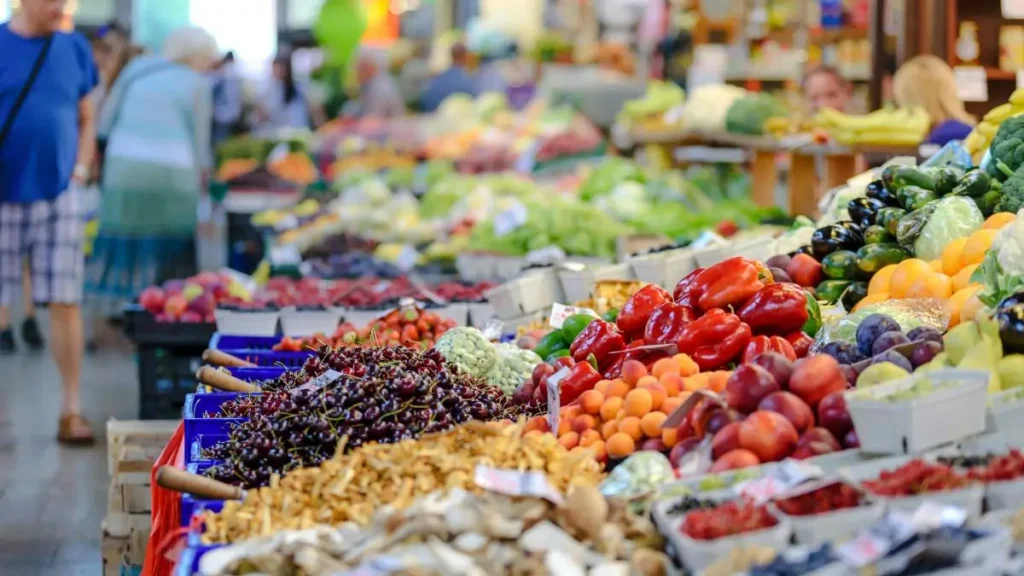Throughout his presidential campaign, President-elect Donald Trump touted his plan to increase tariffs on imported goods and Chinese products. He explained in the presidential debate that his tariffs plan would be a method to gain money from rival nations and finally ‘be ‘paid back’ ‘pay back’ America for all that it has done for said countries.
Trump’s plan involves a 10-20% tariff on all imported goods as well as a minimum of 60% tariffs on Chinese goods. And what exactly does this mean? A tariff is simply a tax on imports that is paid by U.S. companies as opposed to the exporting country. Because U.S. companies will be responsible for paying the tax, most economists agree that this will result in a price increase on everyday items.
The Peterson Institute for International Economics (PIIE) estimates that the proposed tariffs will cost the average American hosuehold at least $2,600 per year. Other economic labs estimate that this number could be much greater; as high as $7,600 per year due to potential negative consequences from countries who will inevitably retaliate.
Simply put, “There’s never an expectation that domestic goods stay cheap after tariffs. They always rise with the tariff price”, according to Kimberly Clausing, a senior fellow at PIIE. So, with these tariffs inevitably being imposed on American companies in the beginning months of Trump’s term, these are some of the items you can expect to pay extra for.
Jeans and Other Apparel
Consumers can expect to pay far more for apparel than they are currently. The blanket tariff of 10-20% on all imported goods will have a direct impact on clothes. The National Retail Federation (NRF) estimates that apparel prices will increase by 12.5% and shoes may increase by as much as 18%. This means an $80 of jeans will now cost anywhere between $10 and $16 more when the tariffs are imposed.
Some apparel companies have already confirmed their plans to increase product prices when the tariffs are imposed. Columbia Sportswear announced that they are “set to raise prices” as they are “very concerned about the imposition of tariffs”, according to The Washington Post.
Groceries

Trump promised Americans that he would decrease the price of groceries by restrciting food imports and encouraging more food prodcution in the U.S. However, his tariffs plans will actually likely increase the price of many everyday grocery staples. Food products that are difficult to produce domestically, such as coffee and olive oil, will skyrocket in price.
Furniture
Furnitue costs may increase by more than 6% accrording to estimtes from the National Retail Federation. What was once a $2,000 mattress will likely now cost $2,128. Sadly, the Americans that will be most impacted by the higher costs will be low-income households. NRF stated, “They spend twice as much of their after-tax income on furniture as high-income households”.
Furniture companies like Ikea are working to prepare for the tariffs and are trying to keep costs down for consumers, but chief financial officer Henrik Elm told Reuters, “Of course we are not immune to changes”.
Household Appliances
In addition to furniture, Americans can expect simple household appliances to go up in price. The appliances hit the hardest will vary based on which are produced domestically versus internationally. The NRF estimates that a $665 fridge may end up costing as much as $852.
It is difficult to estimate just how much appliances will increase as U.S. manufacturers may use the tax on foreign goods as an opportunity to increase their own prices, thus increasing the average base price of many of these products.
Toys

Children’s toys are likely to see some of the steepest increases in price because the vast majority of these prodcuts are created outside of the U.S. Currently, the U.S. only accounts for about 1% of the toy market.
Additionally, there is currently only a very small (less than 1%) tariff on toys, so the increase will be significant.
